Turning these treasures into unique jewelry and suncatchers is my way of honoring the past while celebrating the present. After all, what was once discarded as trash now shines brightly as a testament to the enduring beauty of the sea.
Join me on this journey of discovery, where every piece tells a story and where the sea’s bounty knows no bounds. Together, let’s uncover the wonders that lie beneath the surface and rediscover the stories of forgotten history through the photos and descriptions of my finds.
Adventure awaits – are you ready to embark on this journey with me, from the comfort of your screen?
More info:Etsy|Instagram|Facebook
This post may includeaffiliate links.
A clear locket filled with seashells, a starfish, moss, antique sea glass and sea pottery.
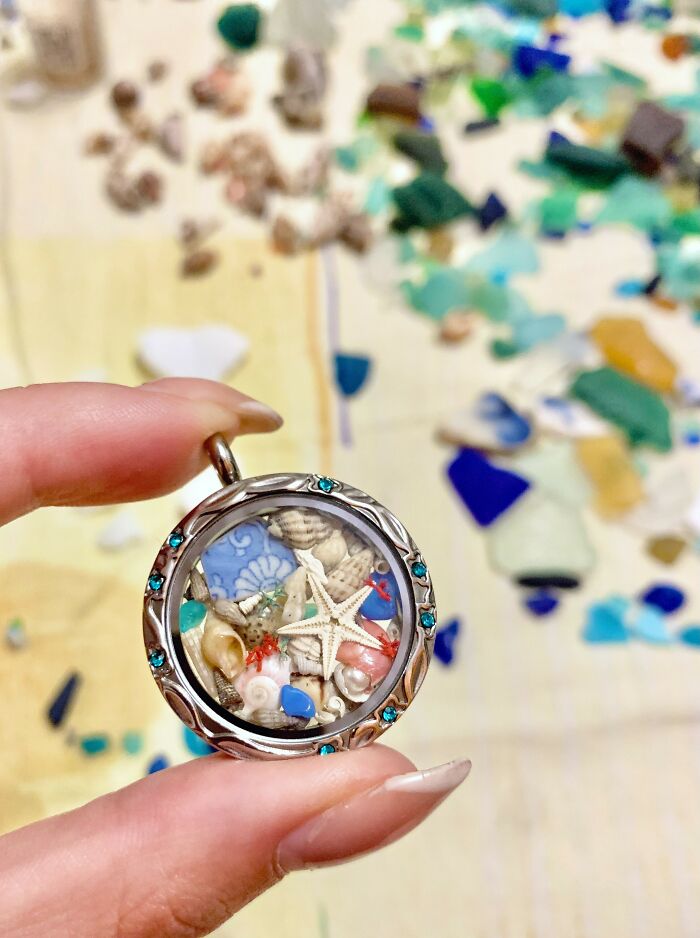
Antique beach-found bottles filled with sea treasures.
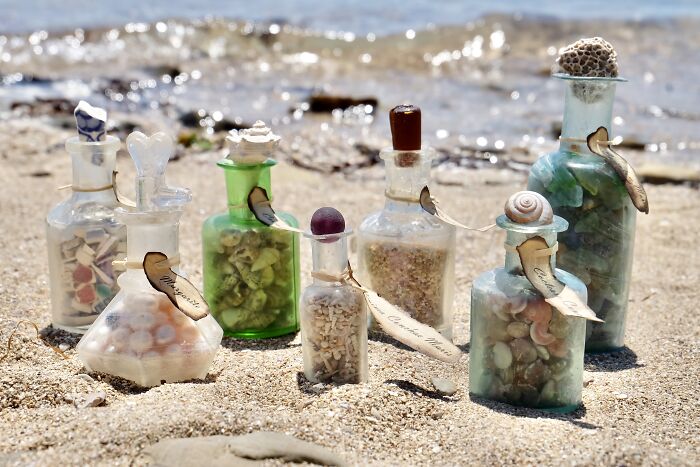
Colorful beach finds - seashells, corals, beach rocks, “sea” glass and “sea pottery”.
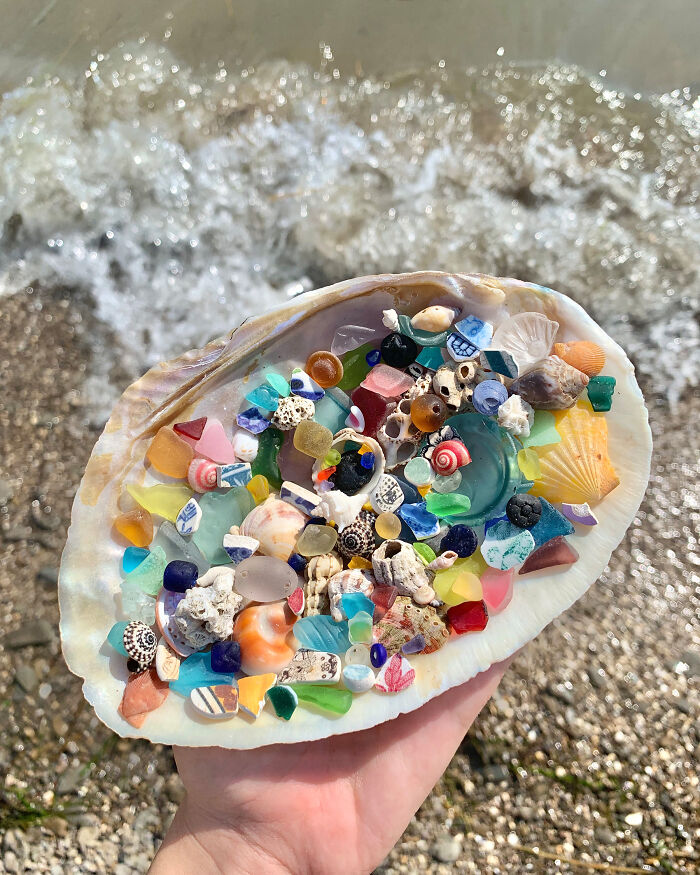
Many of the black glass buttons you see were made pre-1918; as a result of Queen Victoria’s mourning attire, black was very in vogue.

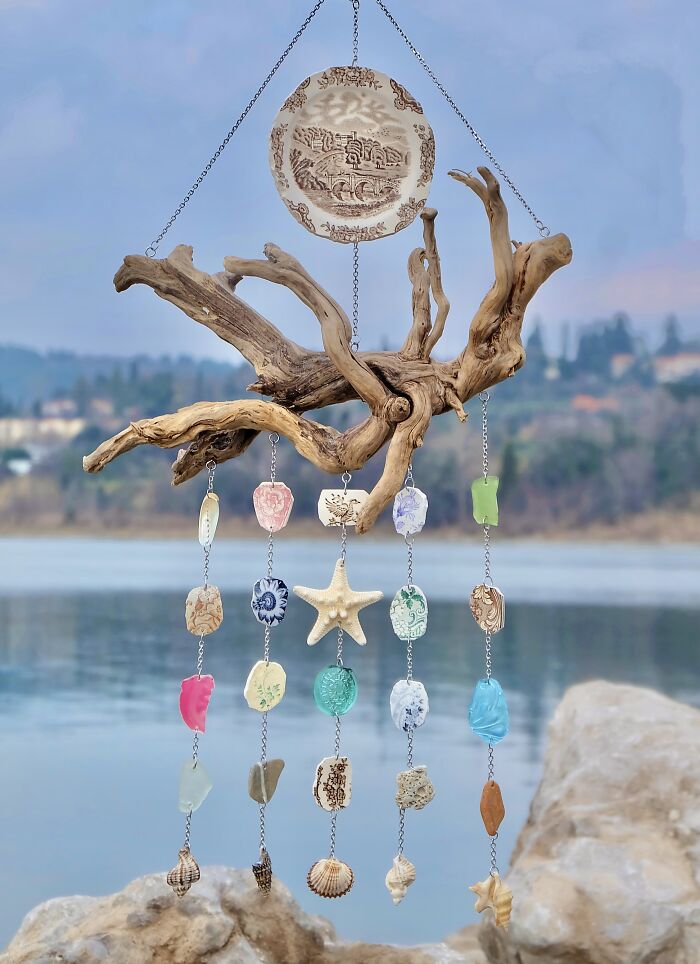
ÖSTERREICHISCHER LLOYD (Italian LLOYD AUSTRIACO) was the biggest shipping company of Austria-Hungary and in the Mediterranean. It was founded in 1833. Its purpose was initially providing information for the participating insurance companies.From 1836 onwards, the mail service in the Adriatic Sea was also taken over, which laid the foundations for the following expansion in the cargo and passenger area as one of the largest shipping companies in the world.In 1849, the company launched its flagship Vorwarts (Forward), whose name became its motto. With the opening of the Suez Canal in 1869, the company introduced lines to Mumbai, Colombo, Singapore and Hong Kong.The passenger ship named Baron Gautsch was one of the most beautiful and modern passenger ships of the Austrian Lloyd. It sailed from the Bay of Kotor on August 12, 1914 on his last, tragic voyage to Trieste, and therefore, given the number of victims, we can call it the Adriatic Titanic. It was less than two weeks after the outbreak of World War I.On the very next day, the ship sailed too close to the shore into the area of minefields. As soon as the minesweepers noticed that the ship was entering a minefield, they started sending different danger signals, however, there was no reaction from the ship.At 14.45 a high pillar of the sea rose on the port side of the ship and then a terrible explosion was heard. In the blink of an eye, the sea turned into a terrifying sight of scattered parts of the ship and discarded bodies of passengers floating helplessly and calling for help.A small part of the assembled crew managed to lower only one of the eight rescue boats. The ship sank in just ten minutes.Since around 1992, souvenirs from the ship, from silver cutlery to liqueur glasses, have repeatedly appeared on the flea market and in antique shops. The wreck position must have been known to Croatian fishermen, who repeatedly offered divers the opportunity to dive the “Baron Gautsch” - for good payment, but with no guarantee of finding the wreck.
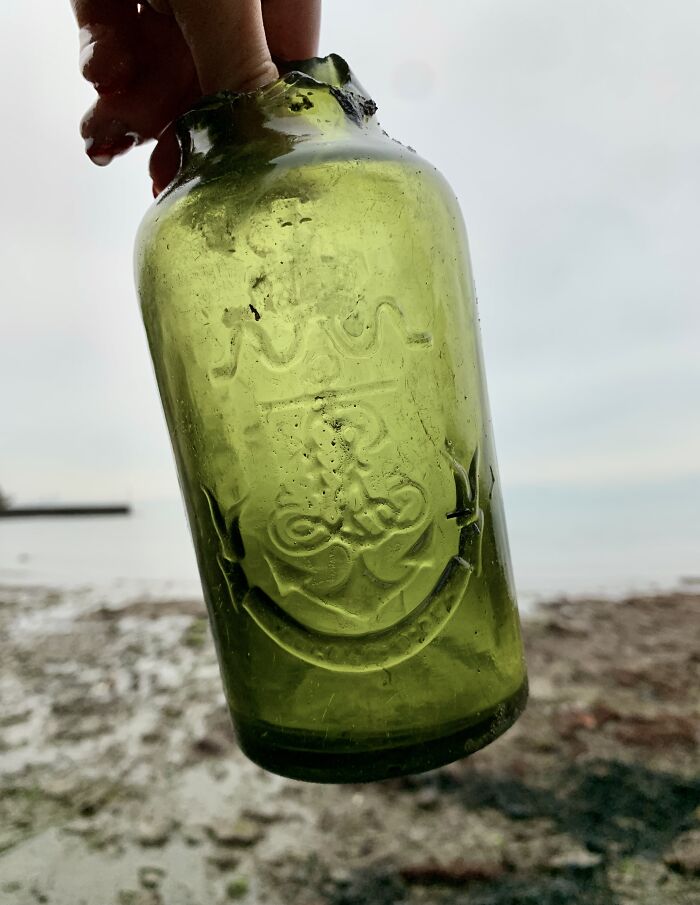
The Victorian art glass vase is from the second half of the 19th century. It has an applied trail of blue rigaree citrine glass trailing around the vase and a lovely silver design of a branch with flowers, leaves, and acorns.
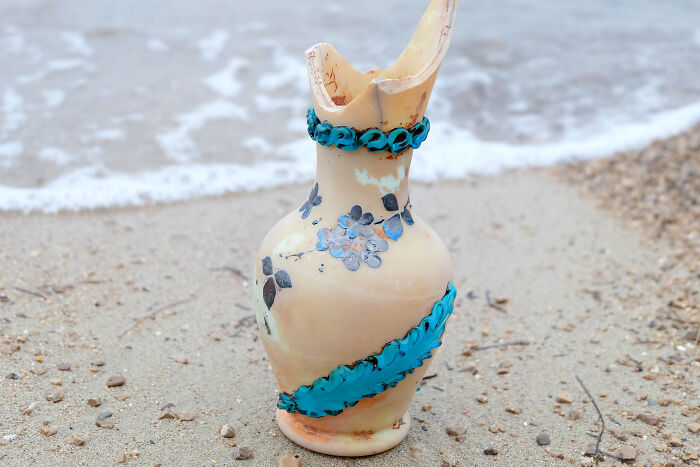
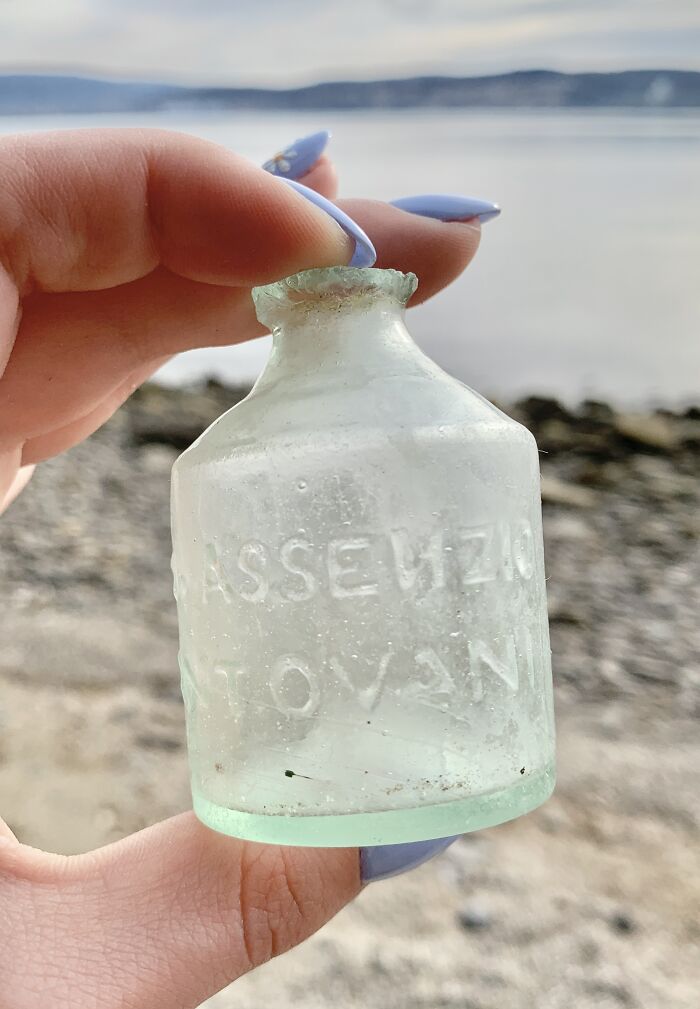
Since the second half of the 19th century, the natural mineral water Roncegno has been in circulation, loaded with iron and arsenic compounds from the namesake spring near Trento in northern Italy. The brothers Girolamo and Francesco Waiz acquired the right to utilize the spring in 1867. Their business (Dita Fratelli Waiz) constructed the thermal spa in Roncegno in the 1870s and produced therapeutic spring water – Acqua Roncegno.Since then, the whole region has enjoyed a brief but significant economic boom. The spa was well-known across Austro-Hungarian territories. It was promoted in newspapers at the very beginning of the 20th century, most often with the simultaneous advertising of the healing water Roncegno.
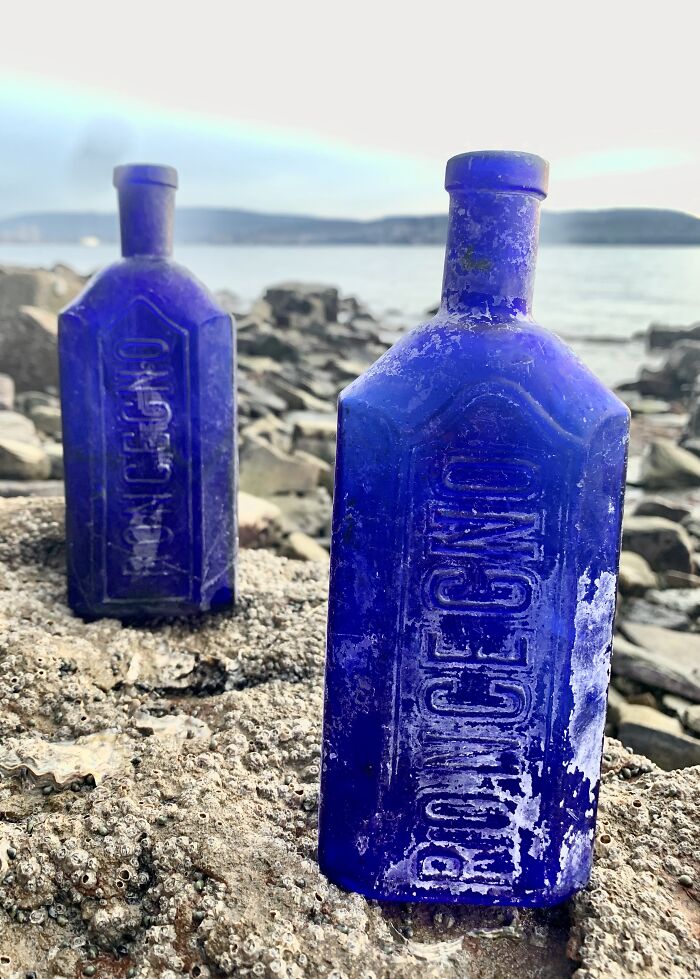
The bottles sometimes can be hard to spot, especially when they are filled and covered in mud/sea bed. This one was one of the easiest to find.
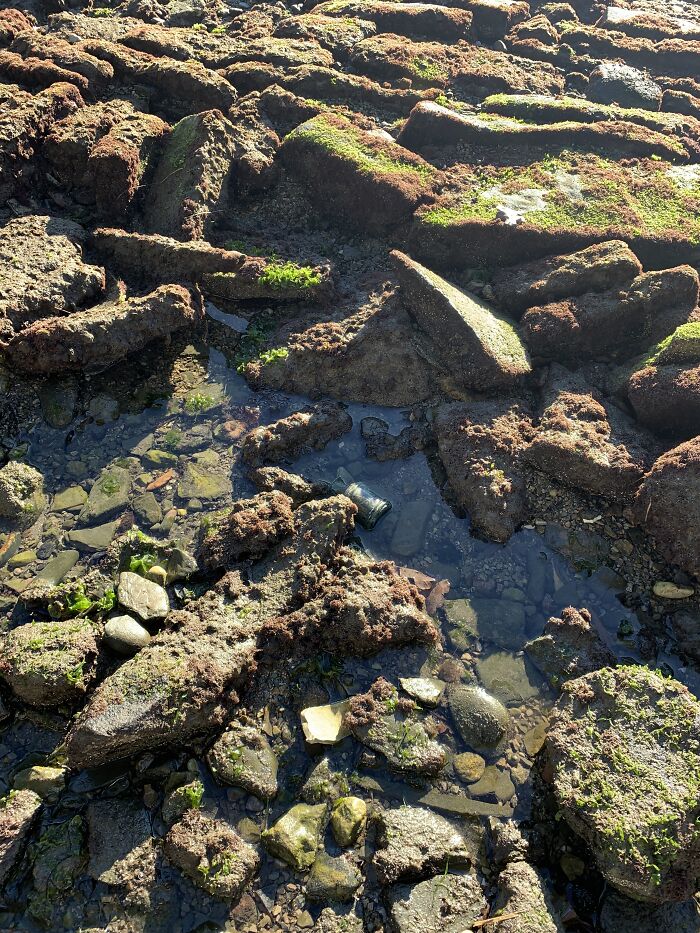
Not all bottles can be found this easy. I have most luck when I visit the beach after a storm + low tide. Some treasures will poke out of the sea bed and I have to use some tools to get them out.
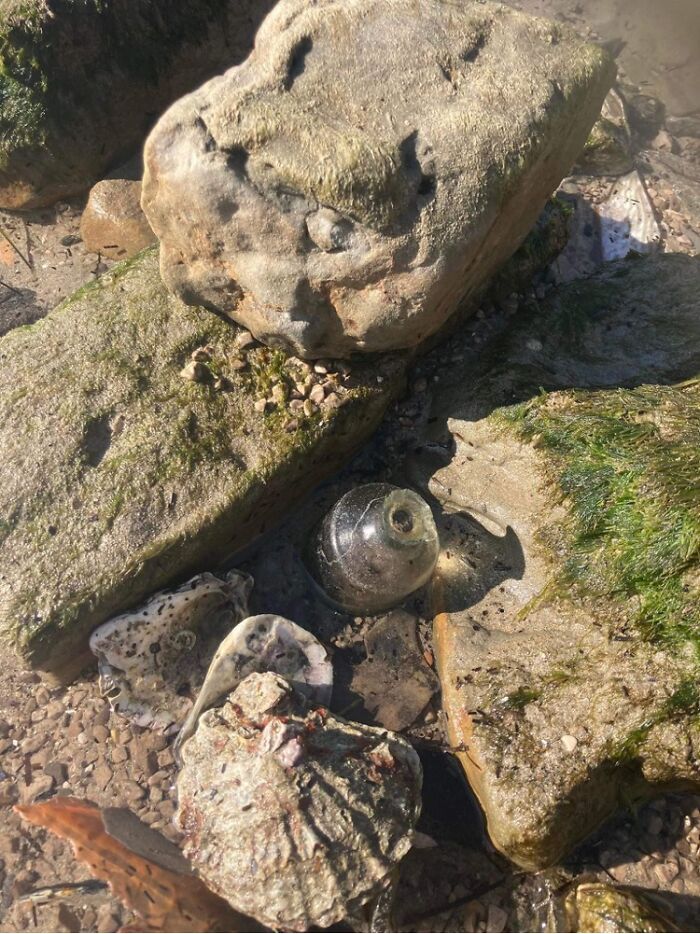
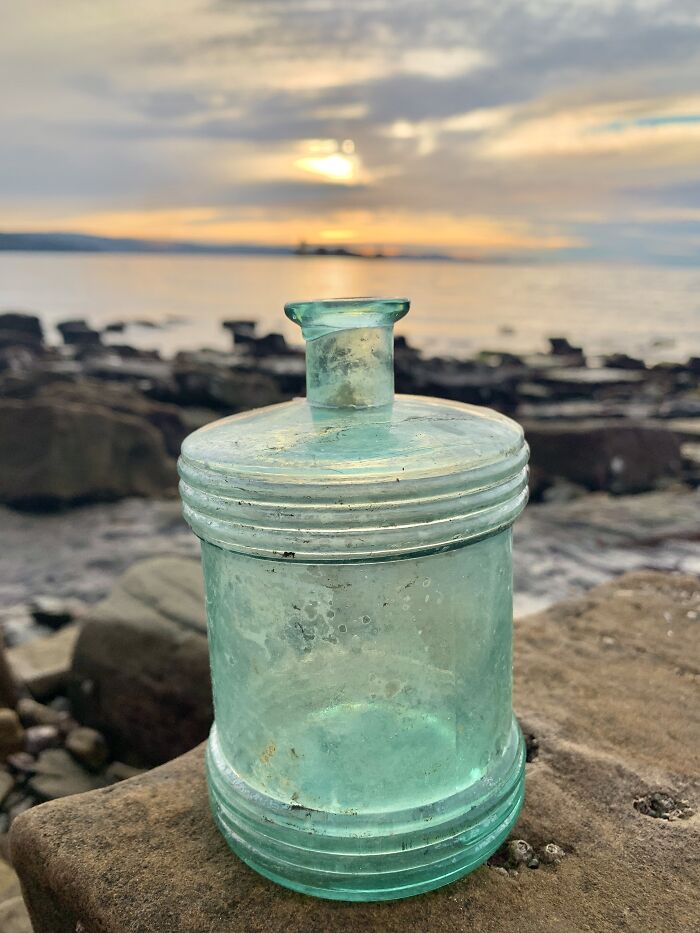
Wrist watches filled with bits of antique sea pottery.
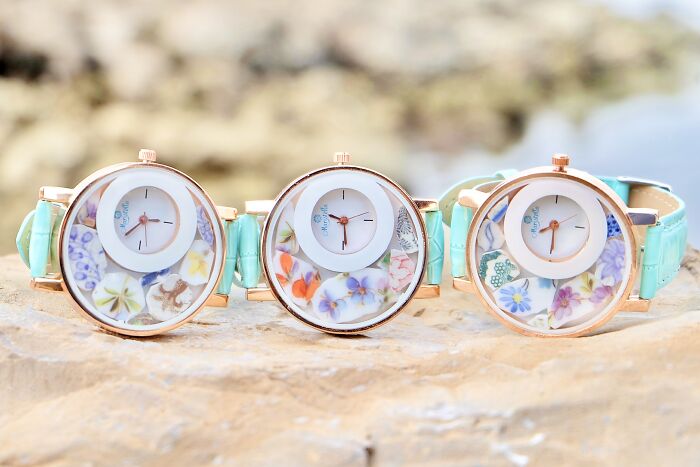
Featuring antique sea glass and sea pottery treasures along with a starfish and driftwood.
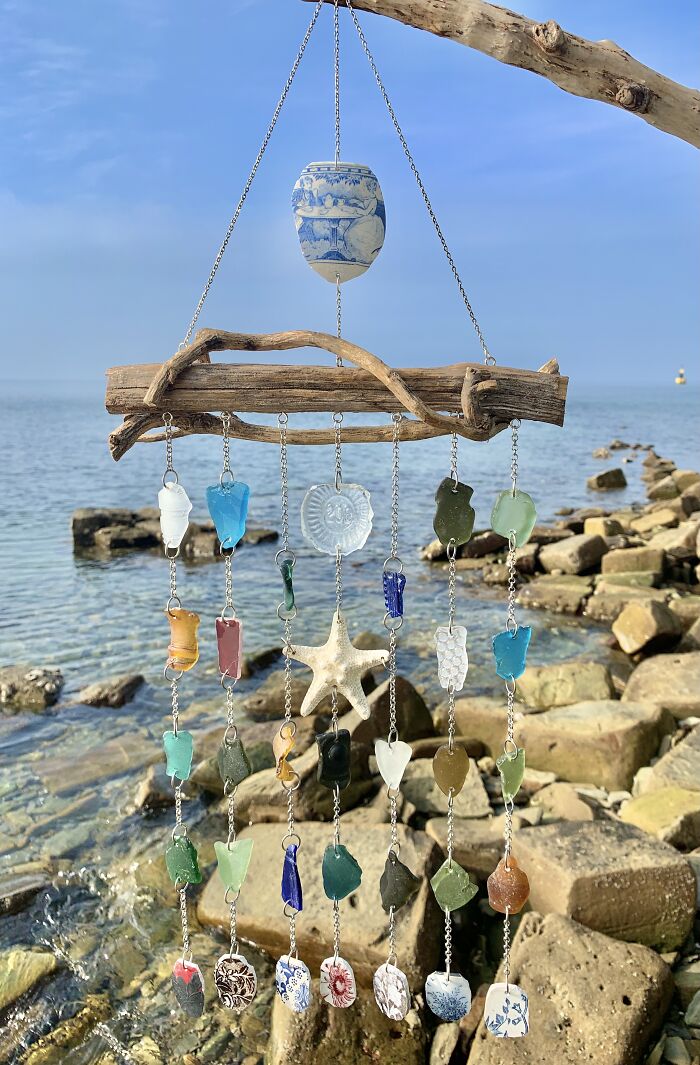
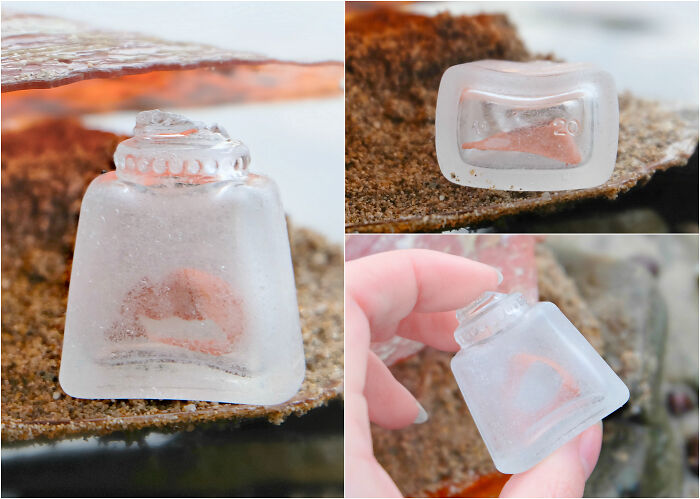
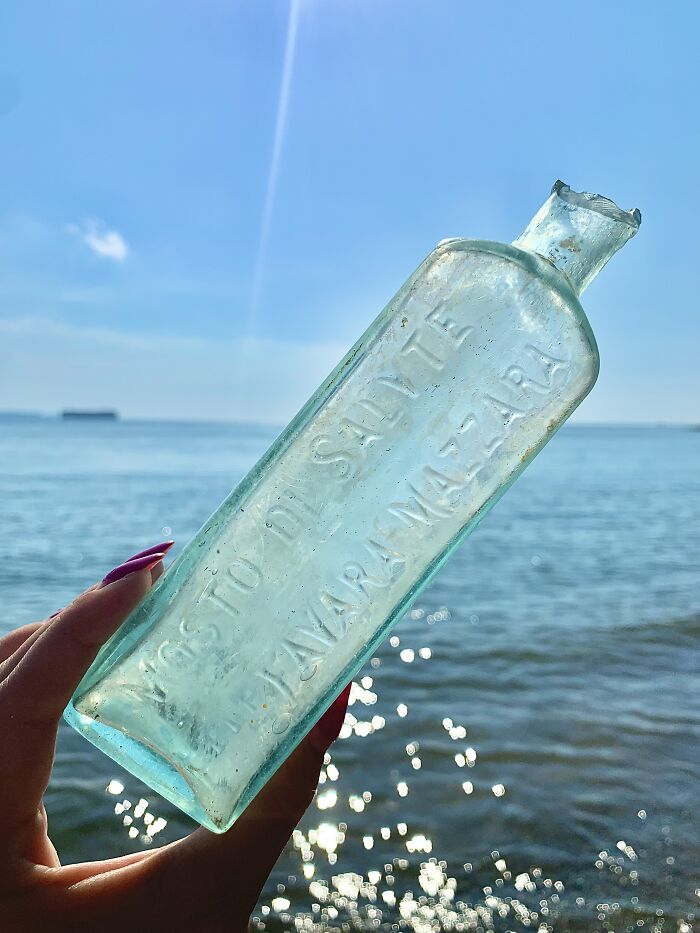
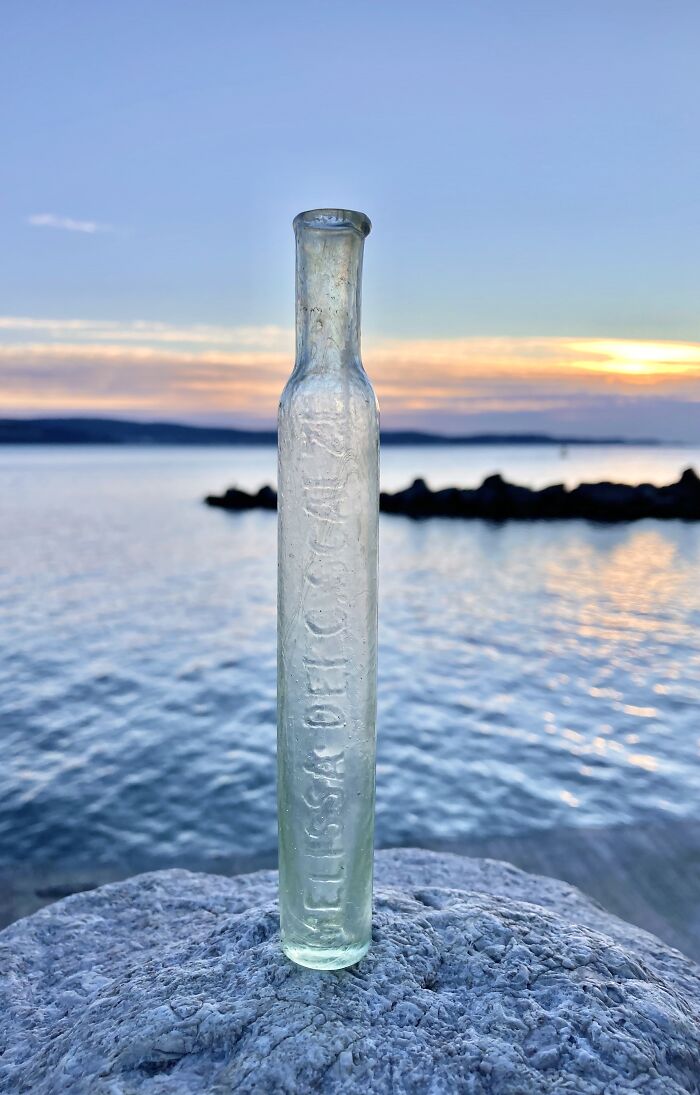
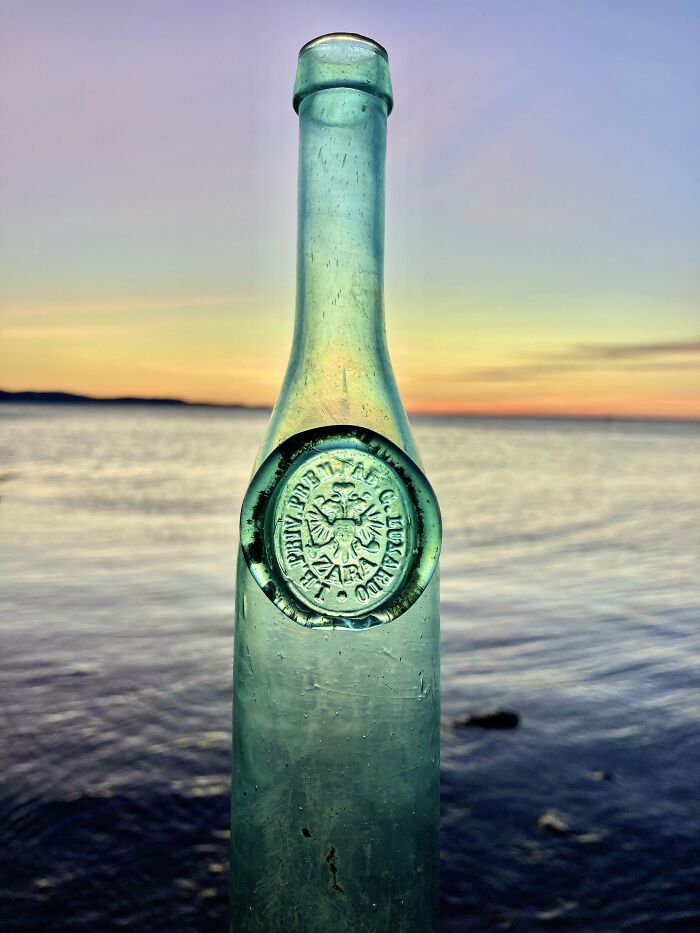
One of my proudest is a 200-year-old undamaged Maraschino bottle from the Austro-Hungarian Empire. After finding it, I returned it back »home« to the Cosmacendi Palace (located in Zadar, Croatia), where the maker of the bottle once lived, and which is now the Museum of Ancient Glass! It was not only an incredible find, but also a bottle without any proof that it even existed. The museum was thrilled to have gotten this amazing piece of history and I was over the moon to have contributed to their collection.
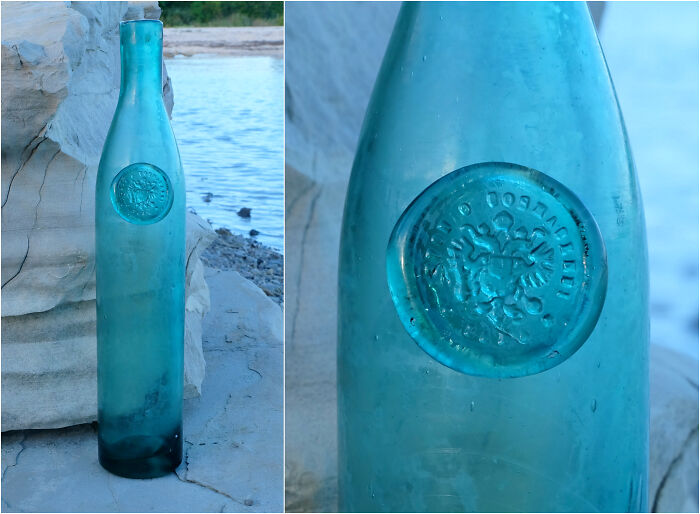
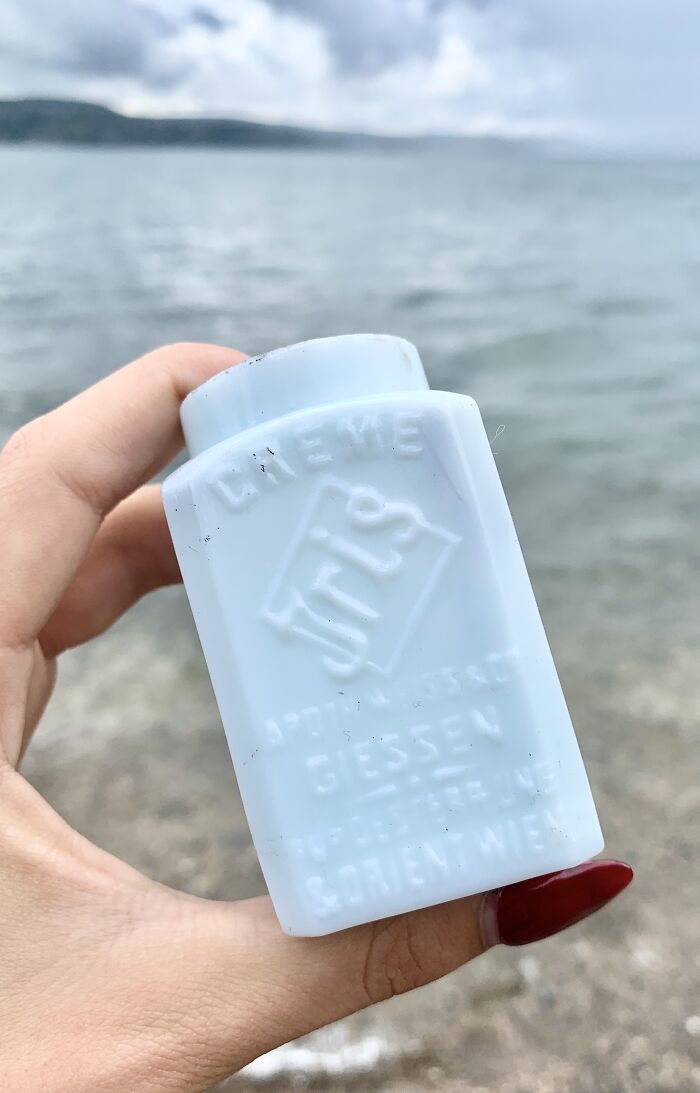
Glass bottle filled with various beach treasures.
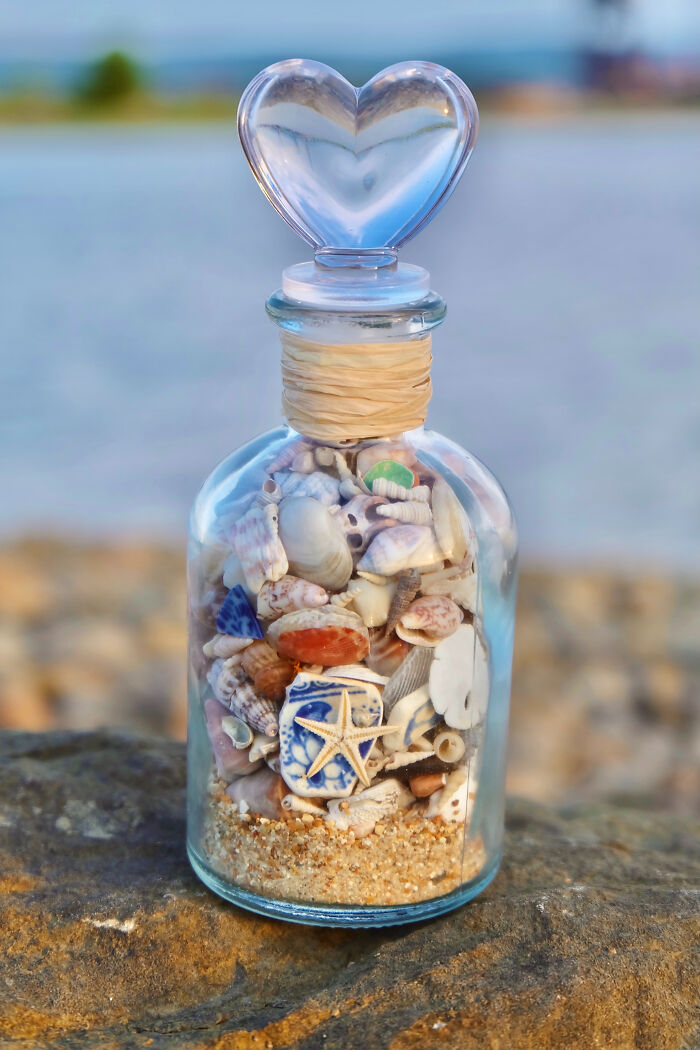
This tiny bottle find with the embossing »G. Piccoli Laibach« is from the Gabriel Piccoli Pharmacy in Ljubljana, Slovenia (Laibach during the Austria-Hungary times) that operated from 1873 to 1946.Mag. pharm. Gabriel Picolli (born 1850 in Rovinj, Croatia graduated in 1873 in Graz, Austria) bought the pharmacy “pri Angelu” (meaning »at the Angel«) in Ljubljana in 1873.His son (of the same name) inherited the pharmacy. The pharmacy was known for its solid service, with which it gained regular customers. With the purchase of modern machines, it constantly adapted to the requirements of that time.

See Also on Bored Panda
This bottle with the words “Proprieta' L. Dejak Pola” was from a gentleman named Luigi Dejak. He was mostly known for his beer and wine in Pola at the end of the 19th century. His wine received many prizes around Europe for its amazing flavor and quality. This specific bottle was filled with beer.
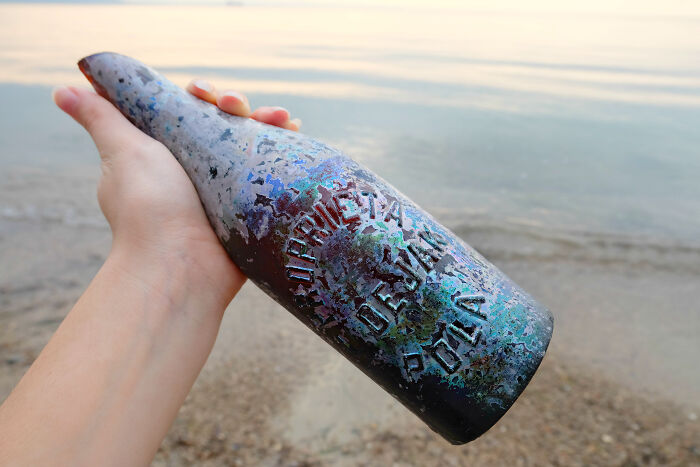
Each Maraschino liquor maker had a stamp on his bottle. The stamp usually had the two headed eagle representing the Austro-Hungarian Empire and the makers surname.
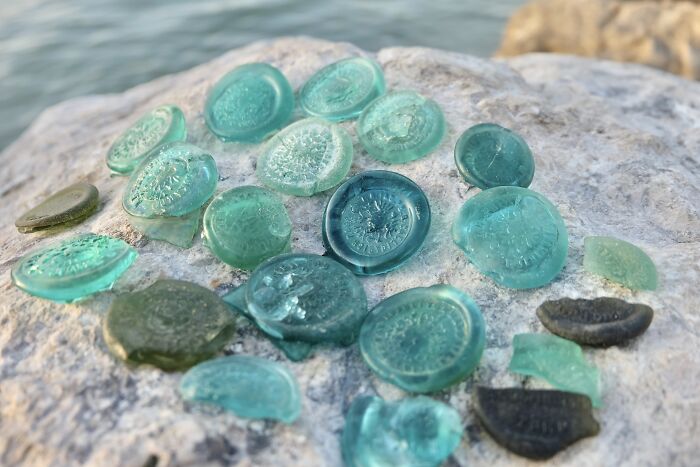
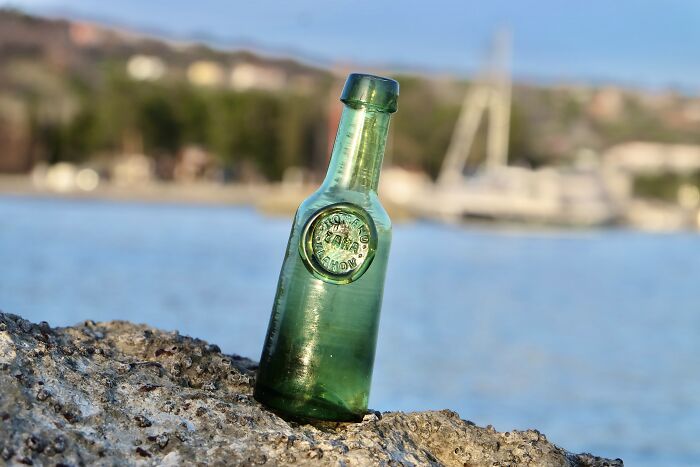
Ink well with a spot to rest your pen.
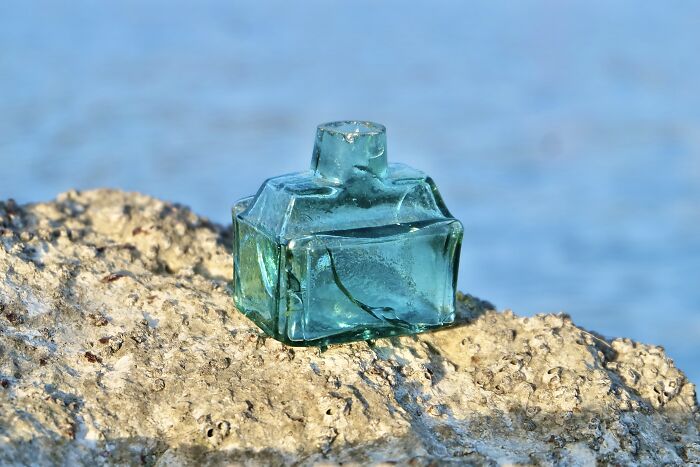
This cobalt blue bottle is shaped like a lot of ink wells I found but this one has an embossing “B. F. P.” and I still haven’t found any information on it.
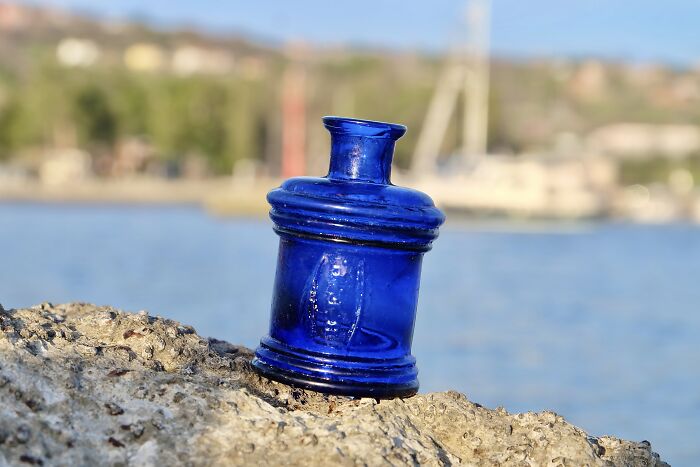
These are “Hellers” from the Austro - Hungarian Empire. On one side there’s a double-headed eagle, on the other side the number 2 and the year it was made. On one piece you can see the year 1897! In Austria-Hungary, Heller was the term used in the Austrian half of the empire for 1/100 of the Austro-Hungarian krone (the other being fillér in the Hungarian half), the currency from 1892 until after the demise (1918) of the Empire.
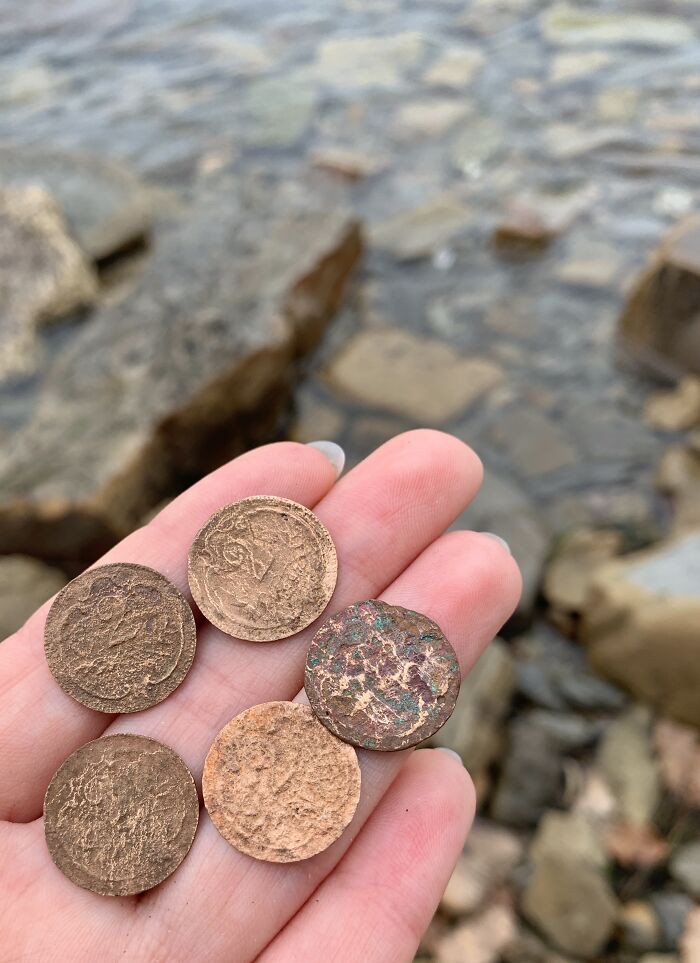
On the back it has half of a stamp of a French maker.
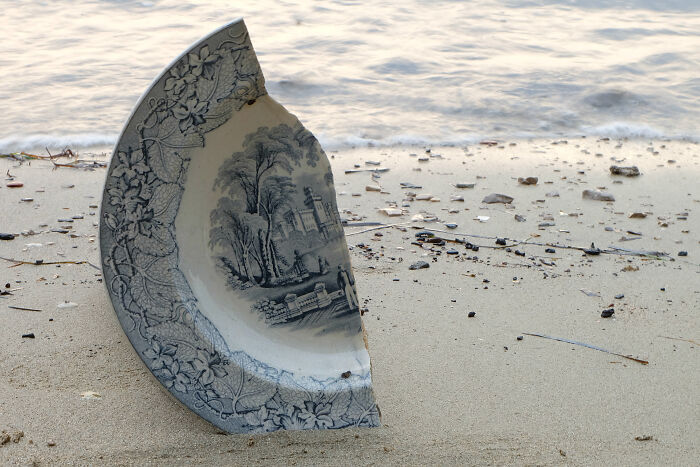
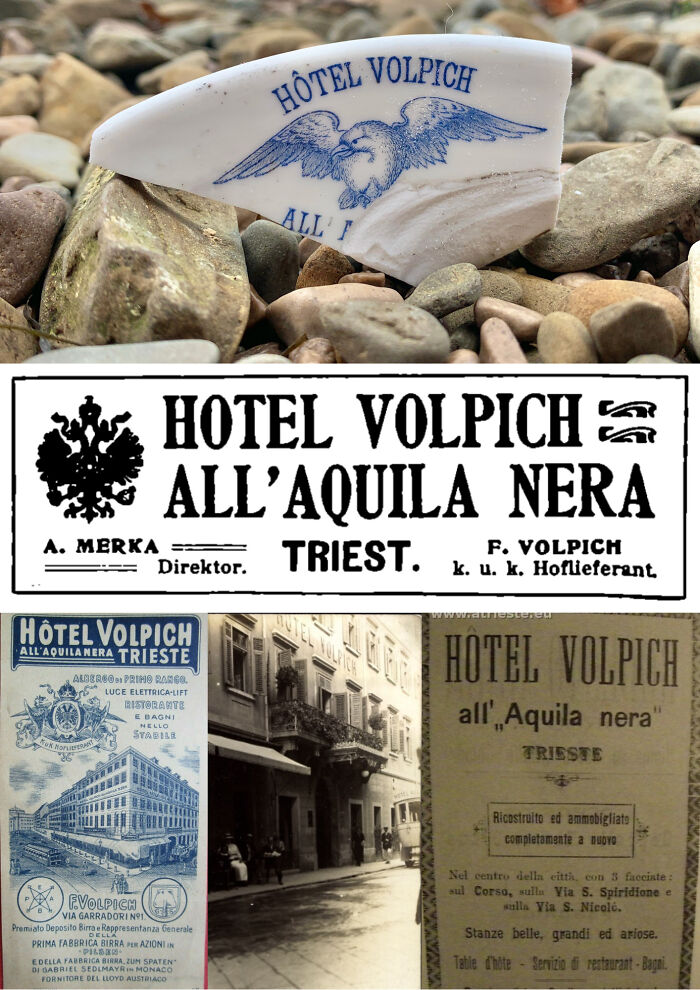
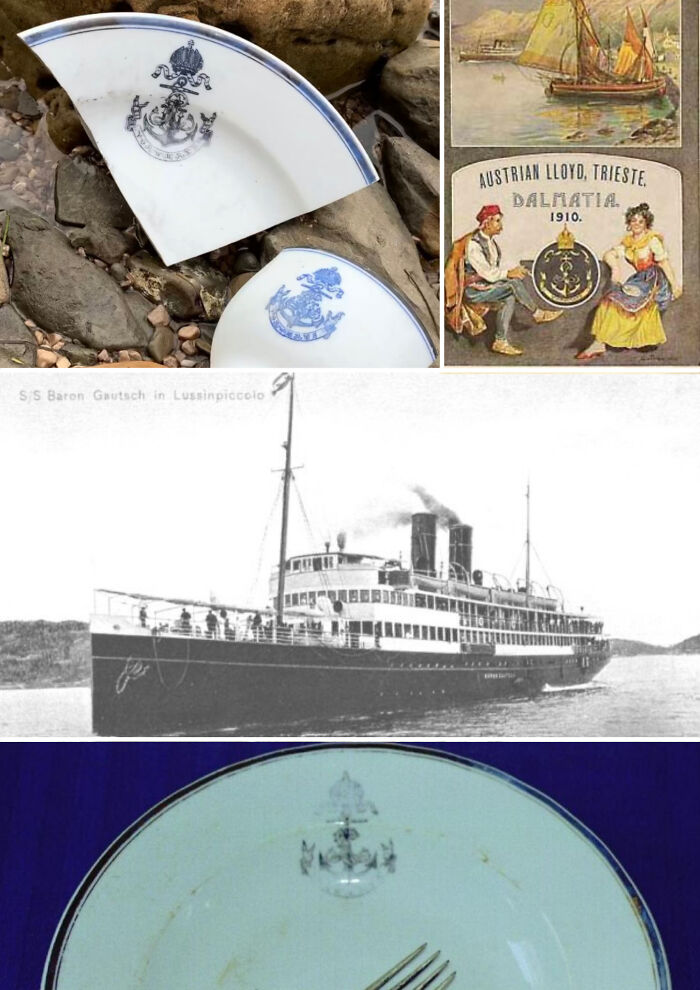
Antique clay marbles, a popular Victorian toy - dating from the 1800s.These are much more common to find than glass marbles because they were easier to make and more affordable.
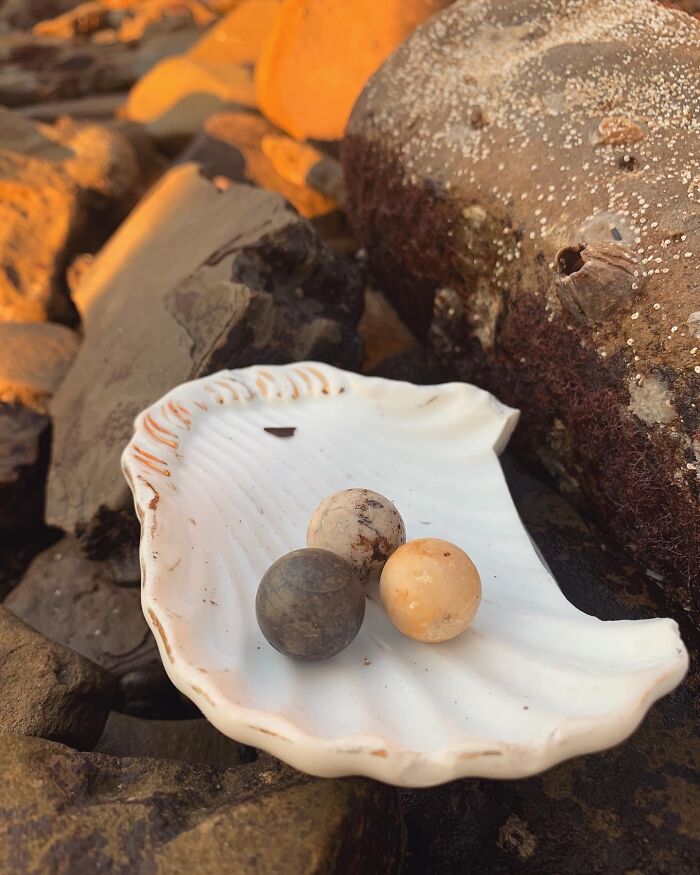
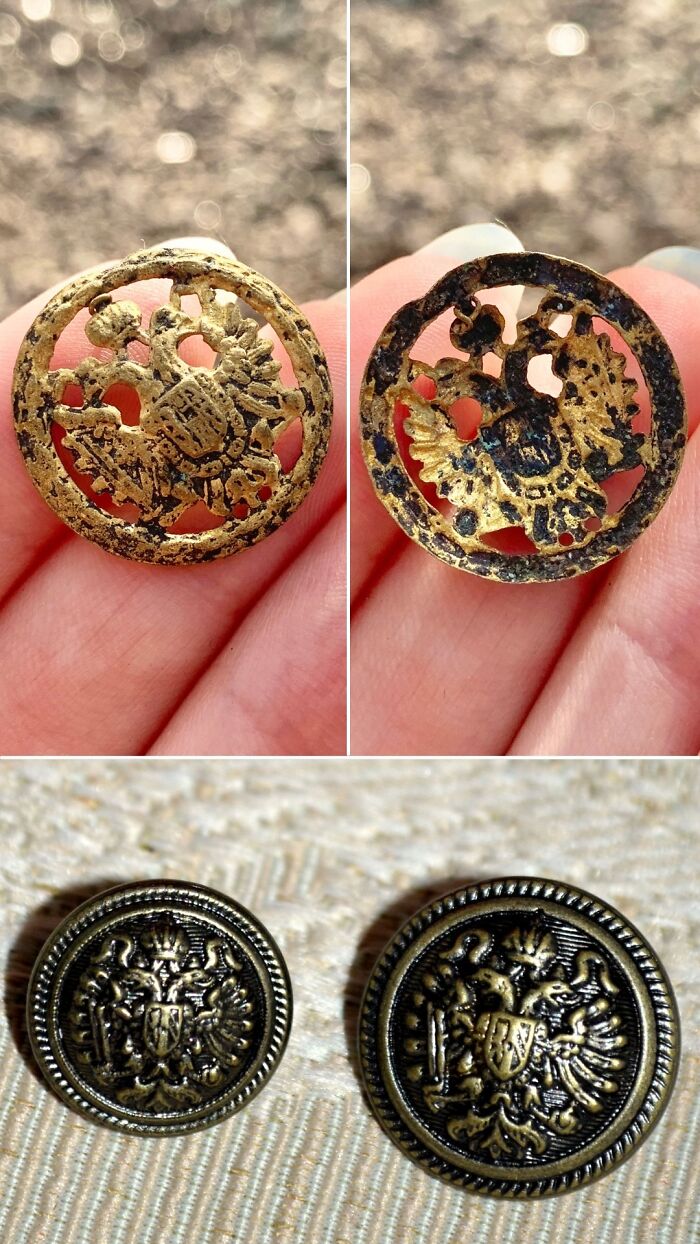
Lead seals were affixed to goods to communicate information such as place of origin, manufacture, quality, size, circulation, and taxation. Lead seals are the colonial equivalent to today’s merchandise tag. Most commonly associated with textiles, lead seals marked everything from tobacco and salt to bundles of various trade goods. Easily molded, a lead seal was affixed to a bale of goods at its place of origin (typically somewhere in Europe) and remained unmolested until the goods reached their final destination. They were used from the 17th to the 19th century.

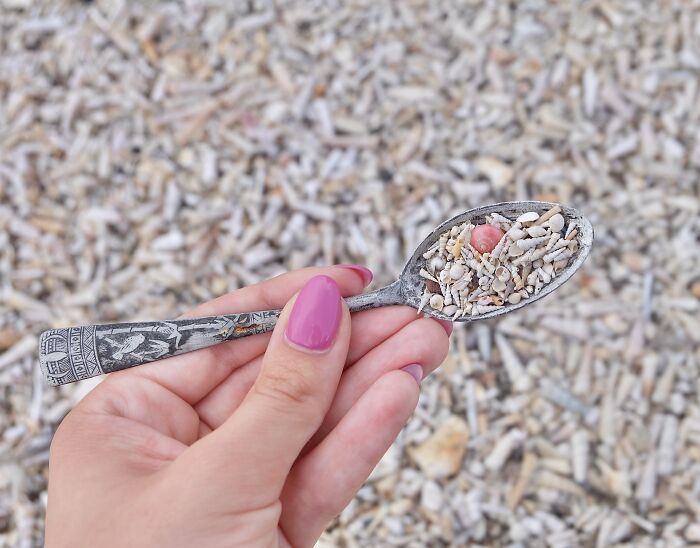
This stoneware bottle contained natural mineral water sourced from a naturally carbonated spring Selters located in Niederselters, Germany.This spring was the best-known in Germany, and waters were exported worldwide during the 18th and 19th centuries. The bottles were manufactured in the Westerwald Mountains, known as the “jug baking land/district.”This bottle is from a German company named OberSelters that even today sells mineral water (produced in Nassau, Germany).Mineral water has been known as a natural soda water because of its high concentration of sodium bicarbonate, “soda”. Selters water also contains raised levels of calcium, chloride, magnesium, sulfate and potassium ions.The stamp on this bottle (a German eagle surrounded with the words »Ober-Selters Nassau«) was used only on bottles made from 1836 to 1866.Under the handle of each bottle is stamped the first initial of the jug maker’s location (I have always found the letter M) and their individual number.
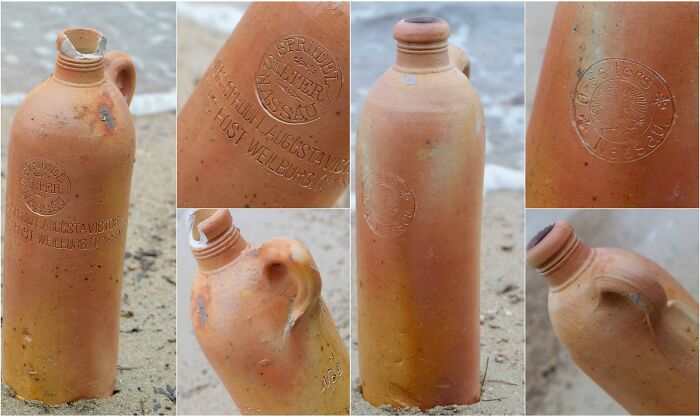
Cobalt blue glass bottle with the words »GIACOMINI«, »PILLOLE« AND »ANTI-EMORROIDALI«. The bottle contained treatment pills for hemorrhoid problems, as highlighted in relief on the outer wall of the package (ANTI-EMORROIDALI).GIACOMINI is the name of one of the most important scientists in the first half of the 19th century in Italy and a university professor in Padua - Giacomo Andrea Giacomini.Giacomini pills are also mentioned in the list of medicinal, medical, chemical, cosmetic, and various other approved products from 1890 in Italy and major European capitals.At that time, for 50 years since prof. Giacomini registered the prescription pills, the right of distribution had the pharmacy Pianeri e Mauro located in the heart of Padua.The bottle was made dark blue so the contents were protected from daylight.
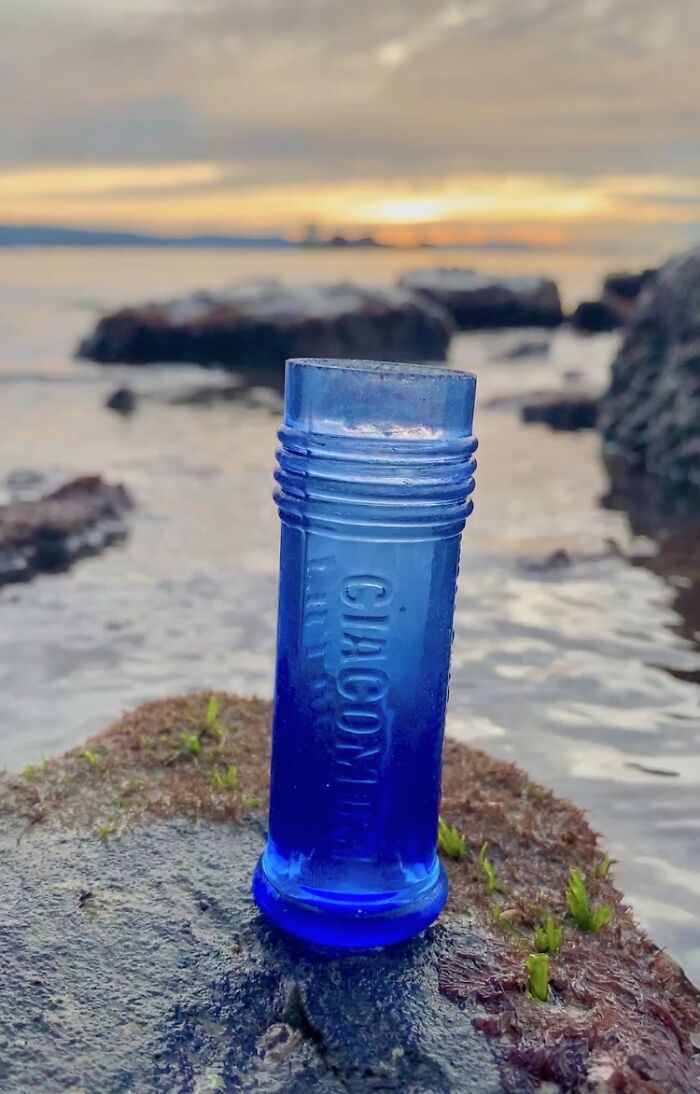
Most of them are pharmaceutical bottles once filled with medicine. Some don’t have any markings while some have a number on the bottom (meaning how many millilitres were inside).
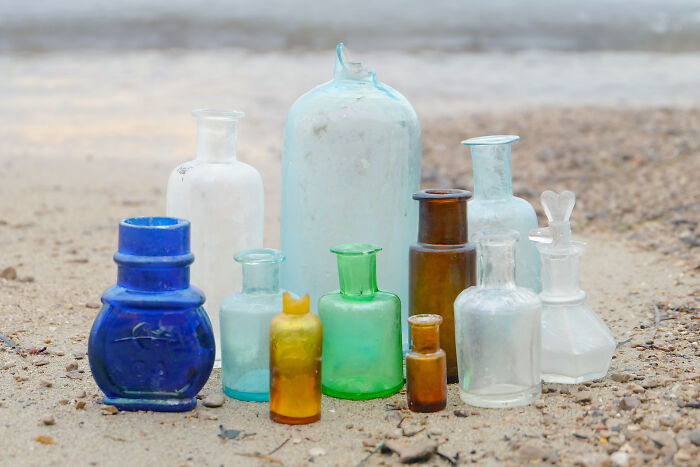
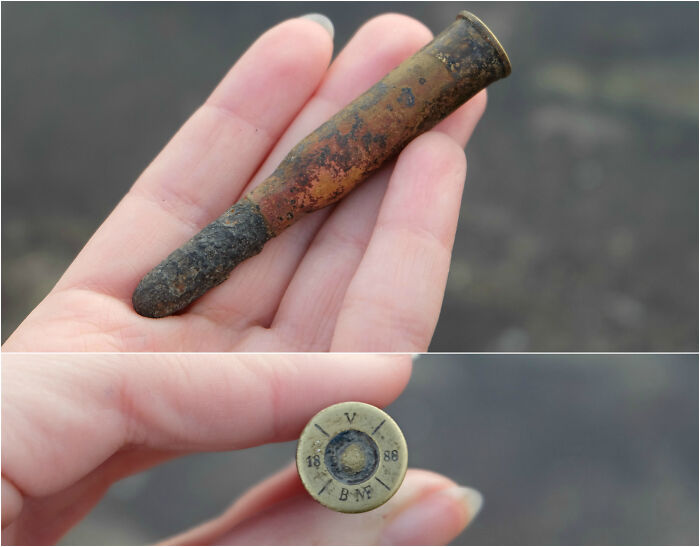
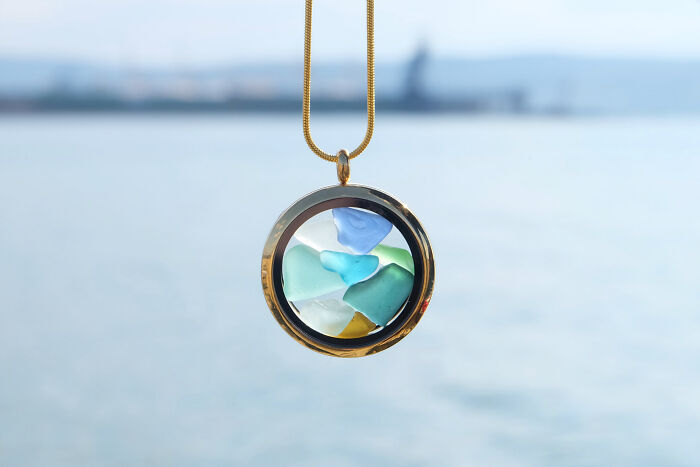
Modal closeAdd New ImageModal closeAdd Your Photo To This ListPlease use high-res photos without watermarksOoops! Your image is too large, maximum file size is 8 MB.Not your original work?Add sourcePublish
Modal close
Add New ImageModal closeAdd Your Photo To This ListPlease use high-res photos without watermarksOoops! Your image is too large, maximum file size is 8 MB.Not your original work?Add sourcePublish
Modal closeAdd Your Photo To This ListPlease use high-res photos without watermarksOoops! Your image is too large, maximum file size is 8 MB.Not your original work?Add sourcePublish
Add Your Photo To This ListPlease use high-res photos without watermarksOoops! Your image is too large, maximum file size is 8 MB.
Add Your Photo To This List
Please use high-res photos without watermarks
Ooops! Your image is too large, maximum file size is 8 MB.
Not your original work?Add source
Modal closeModal closeOoops! Your image is too large, maximum file size is 8 MB.UploadUploadError occurred when generating embed. Please check link and try again.TwitterRender conversationUse html versionGenerate not embedded versionAdd watermarkInstagramShow Image OnlyHide CaptionCropAdd watermarkFacebookShow Image OnlyAdd watermarkChangeSourceTitleUpdateAdd Image
Modal closeOoops! Your image is too large, maximum file size is 8 MB.UploadUploadError occurred when generating embed. Please check link and try again.TwitterRender conversationUse html versionGenerate not embedded versionAdd watermarkInstagramShow Image OnlyHide CaptionCropAdd watermarkFacebookShow Image OnlyAdd watermarkChangeSourceTitleUpdateAdd Image
Upload
UploadError occurred when generating embed. Please check link and try again.TwitterRender conversationUse html versionGenerate not embedded versionAdd watermarkInstagramShow Image OnlyHide CaptionCropAdd watermarkFacebookShow Image OnlyAdd watermark
Error occurred when generating embed. Please check link and try again.
TwitterRender conversationUse html versionGenerate not embedded versionAdd watermark
InstagramShow Image OnlyHide CaptionCropAdd watermark
FacebookShow Image OnlyAdd watermark
ChangeSourceTitle
History